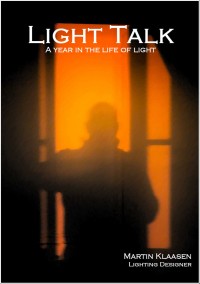Testing!
Singapore, 17th September 2014
It cannot be said enough…check and double check; test and double test. It does not matter how much experience you have, it remains always a critical part of lighting design and testing your critical lighting effects is something that you need to visually confirm one way or another. You cannot just bank on your experience and then find out once everything is installed it is not exactly what you had expected. Specifically now we deal with a relatively new LED technology that on top of that changes its performance and qualities by the day, we need to test. We now even build in the testing and visual mock ups as part of our contractual conditions to impose on our clients even more how important we feel that part of the lighting design works is.
Today we had another session on site here in Singapore, testing a few of our proposed solutions for the “retrofitting” of a pendant that from the outside needs to remain in its original state but inside needed urgent conversion to LED technology. The original design of the pendants had 2x 300W Halogen lamps which at a later stage were replaced with 2x100W induction lamps (a strange conversion btw…). We now aim to replace these with 2x 24W warm white LEDs. The pendant has enough space to built in a complete LED fixture; the purpose of the testing being primarily to determine which light distribution works best. Because of the rather pronounced light distribution compared to the more diffuse nature of the halogen light, we explored asymmetrical, projected and wide light distributions to understand the extent of the light coverage on the ceiling.
My initial thought was the asymmetric approach in consideration of the back to back location of the 2 fittings in the pendant and the coverage required, but it turned out the wider more diffuser beam worked better with a much smoother coverage. Interesting point to note, the more diffuse solution also created some upwards spill illuminating the suspension rods, an effect that felt far more natural than the clinical asymmetrical beam. The final decision in regards to the required specification therefore made easy and comfortable thanks to the testing….
Light Watch 5-156: Images from our testing earlier today…









 The long awaited book compilation of Martin's first year of blogging is available. Order now.
The long awaited book compilation of Martin's first year of blogging is available. Order now. Feedspot Top 100 Lighting Blogs
Feedspot Top 100 Lighting Blogs